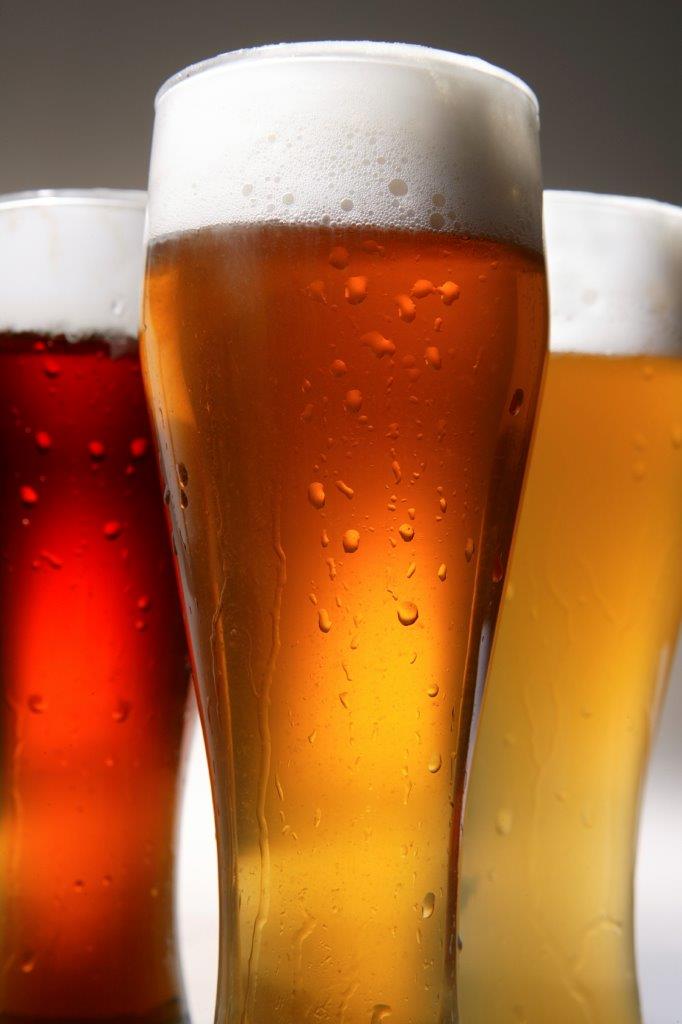
By Jack Kenny
For years, scientists have known that lager yeast is a hybrid of ale yeast and one other strain, but they had no clue where to find that missing partner or what it was. Two years ago this month, however, an international team of researchers published news that a newly discovered strain of yeast – Saccharomyces eubayanus – had been found that matches the genetic profile of the missing parent. They found it in Patagonia. That’s way down there in southern Argentina, about 8,000 miles from Bavaria.
A good anecdote about beer is a worthy sales tool. This bit about the yeast from Patagonia took me under a minute to find online, and you know I’m going to spin it from now on. Customers who demonstrate curiosity about beer will appreciate leaving your store with more knowledge – and good beer – than they came in with. Collecting some facts and tales and handing them out selectively to the eager customer is yet another tool to build relationships.
Assuming that you are curious about lager beer’s origins, you’ll have questions about this new strain of yeast. How the heck did it make the trip from South America to central Europe? When did this happen? When did Europeans start to brew lager beer? What is lager, anyway?
Most beers today, and throughout history, are ales. In the 15th Century, brewers in Bavaria (southeast Germany) became aware that the beer they stored in caves over the winter continued to ferment, despite the cold. The result, they found, was a smoother, mellower beer, thoroughly enjoyable though more conservative than the livelier ales. Because they stored it for long periods during the cold months, they called it lager, from the German word for storage.
We know that ale yeast ferments sugars into alcohol at the top of the beer tank, and lager yeast slowly settles to the bottom. But the difference in the ultimate product comes from the temperature at which the beer ferments. We learned in school (or forgot, like me) that for each increase of 18°F/10°C, the speed of chemical change is doubled.
Decrease the temperature by that amount, and the speed of change is cut in half. Ale yeast works best at higher temperatures, and therefore completes its production of alcohol and carbon dioxide in two to three weeks. Lager yeast, however, takes its time in the cooler climate, and will stay in the fermenter for several more weeks. That longer, colder period of fermentation for lager is the crucible for its character. The fruitiness and exuberance of ales is generally not present in a lager. Also, lagers tend to be clearer in appearance than ales.
Did you know that the dramatic rise in popularity of lager beer in Europe and North America in the 1800s was paralleled by the development of refrigeration? In some locations in Germany, brewing during the summer had been banned for health reasons. Refrigeration meant that lager now could be produced, and the beer enjoyed cold, year-round.
Though England steadfastly maintained its love for ales, lager quickly grew in popularity across northern Europe and the United States, where German immigrants wasted no time building breweries amid the amber waves of grain. That’s why we have so many beers with names like Schmidt’s, Schlitz, Schaefer, Leinenkugel, Busch, Yuengling, and Pabst.
Did you know that the rise of lager’s popularity and refrigeration took place around the same time that clear glassware became commercially viable? Drinking glasses had been around for centuries but were available only to the wealthy. Technological advances in the second half of the 19th Century put clear glasses on tables everywhere. Beer drinkers, now completely in love with lager, could admire its clarity and color while enjoying the taste. Ales tended to be cloudy, and before glassware reached the masses folks drank from vessels made of metal, pottery, leather wood, and horn. Some still do.
Despite the fact that most beer styles are ales, it’s no doubt true that most of the beer that you sell is lager. Bud, Miller, Coors, along with their light varieties and more economically-priced siblings, are all lagers. Understand, however, that these are “post-Prohibition” lagers, also known as commercial light lagers (light in color), and bear little or no resemblance to the lagers that our forebears drank. (That’s a tale for another day.)
No doubt you’re aware Samuel Adams Boston Lager moves quite well through your register and out the front door. That’s a lager made with better grains and hops, and without such adjuncts as rice or corn to alter the flavor and lighten the cost of production. The giant commercial brewers all try to produce what they believe are flavorful lagers these days to compete with Sam and Blue Point and Victory and many others, but – in my view – they have yet to succeed.
By the way, they think that Saccharomyces eubayanus made it to Europe from Argentina via the Columbian exchange, that back-and-forth of animals, plants, culture, human populations, diseases, and ideas that occurred in the wake of the European invasion of the Western Hemisphere. But if brewers were making lager in the 15th Century, then where did they get the hybrid yeast? Another beer mystery.
Jack Kenny has been writing The Beer Column for the Connecticut Beverage Journal since 1995. Write to him at thebeercolumn@gmail.com.




